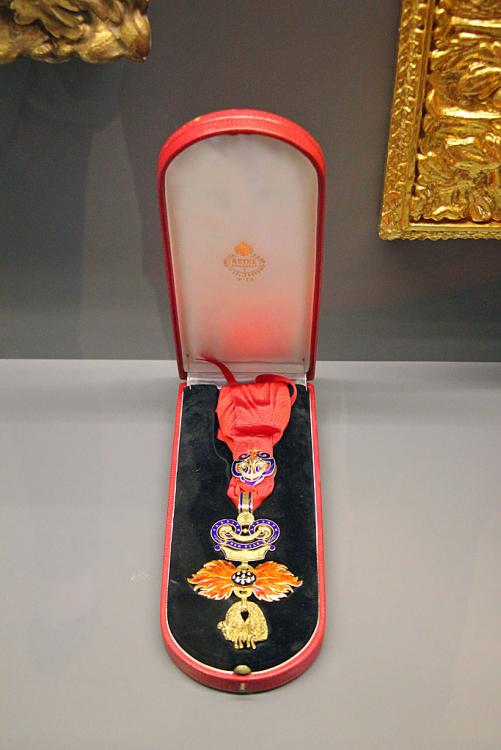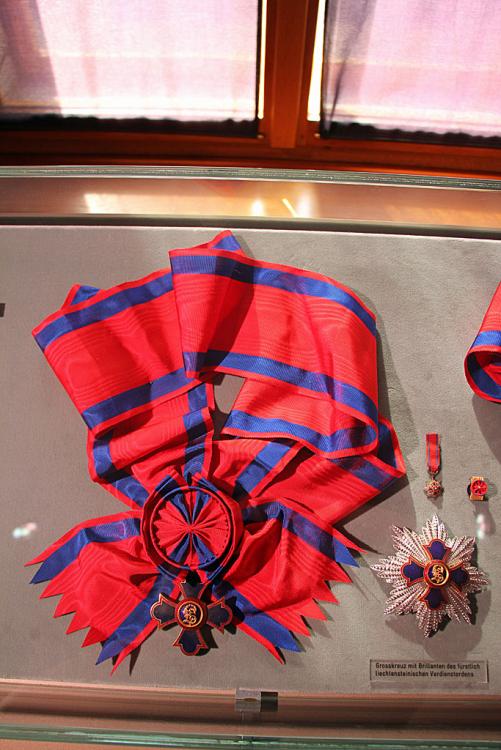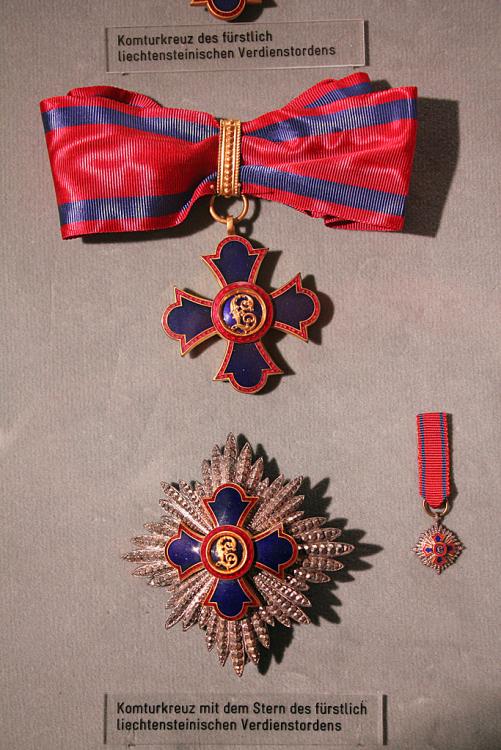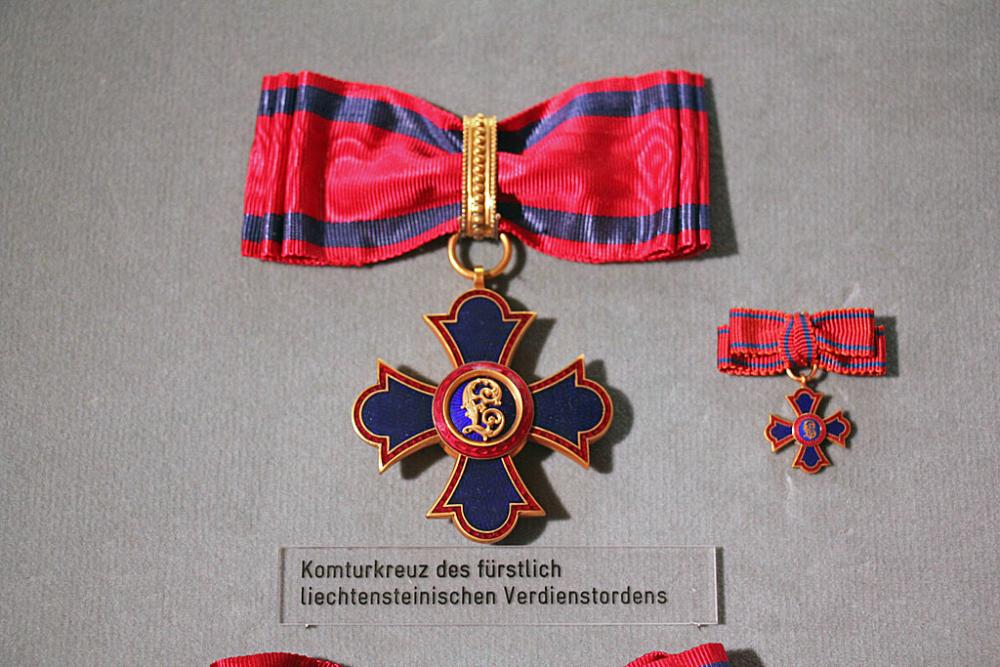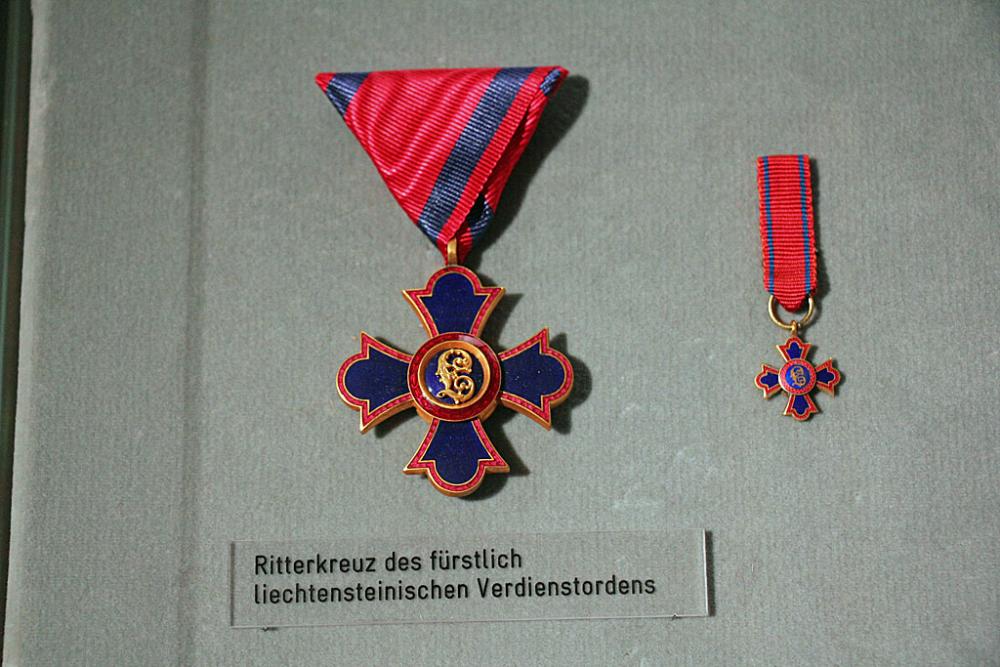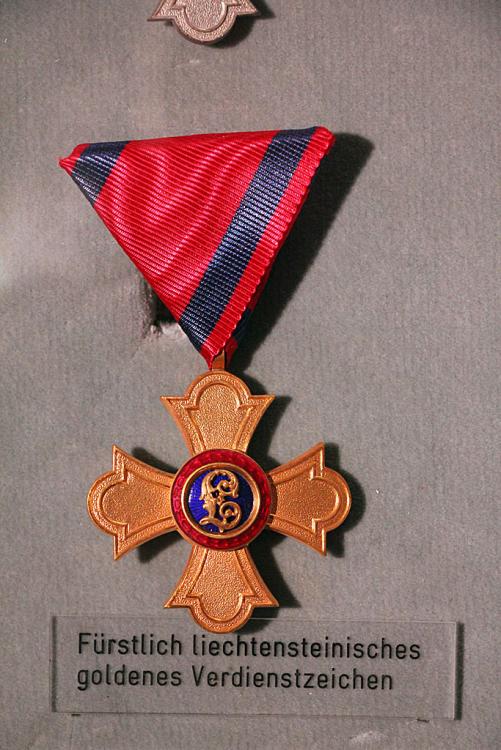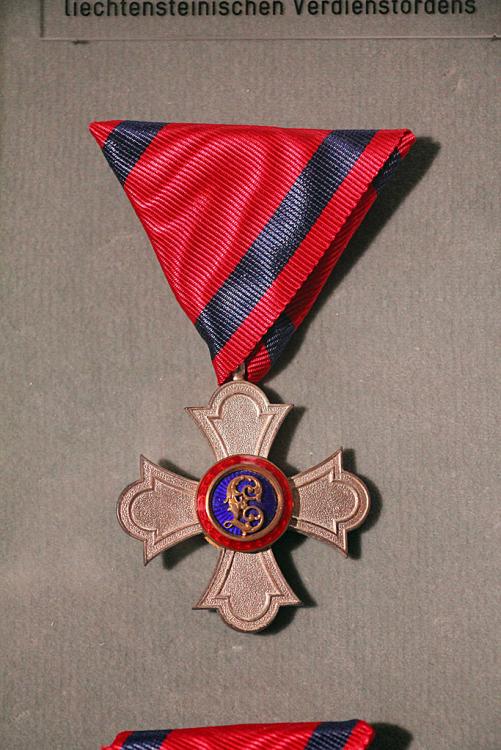-
Posts
1,721 -
Joined
-
Last visited
-
Days Won
3
Content Type
Profiles
Forums
Blogs
Gallery
Events
Store
Everything posted by Carol I
-

Romanian Order of the Star- quick question
Carol I replied to P.F.'s topic in Central & Eastern European States
I have seen several badges with these features. They appear to have poorer quality in comparison to other badges, which might indicate lower quality WWI or post-war production, but this is just my feeling as I know of no research to prove this. -

Kingdom of Romania - Order of Cultural Merit
Carol I replied to oamotme's topic in Central & Eastern European States
Indeed, the medal was established together with the order and was awarded in two classes, 1st (in gold) and 2nd (in silver). Three medals were superseded in 1931 by the Order and Medal for Cultural Merit: Bene Merenti, Rewarding the Works for Education and Rewarding the Works for the Church. Paja is right, the miniature is Carol II type. Actually there is an easy way to distinguish the models: Carol II wears a hat and Mihai is bareheaded. -

Kingdom of Romania - Order of Cultural Merit
Carol I replied to oamotme's topic in Central & Eastern European States
I do not know of any published lists. However, the Chancellery of Orders was at the Ministry of Foreign Affairs during that period, so I suspect some lists could exist in their archives. -

Kingdom of Romania - Order of Cultural Merit
Carol I replied to oamotme's topic in Central & Eastern European States
I have found some further details. The number of categories was not the same throughout the history of the order. At establishment it had only 8 categories, but between 1937 and 1940(1) it had one extra category for activities in Straja Tarii. The ribbons were: Category A, literature: white ribbon with purple edges Category B, science: white ribbon with green edges Category C, arts, music and theatre: white ribbon with orange edges Category D, general culture: white ribbon with blue edges and a thin green stripe in the middle Category E, religion: red-blue-red ribbon (equal widths) Category F, school: white ribbon with thin red stripes on edges and in the middle Category G, scouting and sport: light blue ribbon with black edges Category H, social works: purple ribbon with green edges Category I, Straja Tarii: white ribbon with blue edges In 1937, scouting was taken out of category G and included in the new category I. -

Kingdom of Romania - Order of Cultural Merit
Carol I replied to oamotme's topic in Central & Eastern European States
This is indeed a rather scarce order. It was established in 1931 to reward achievements in various fields of culture, arts and science. The cross of the knight 2nd class was silver without crown and worn on the chest, the cross of the knight 1st class was silver with crown and worn on the chest, the officer's cross was gold with crown and worn on the chest and finally the commander's cross was worn on the neck. The cross of the order was enamelled purple irrespective of category. Two versions exist with respect to the effigy of the monarch in the centre, Carol II (1931-1940) and Mihai (1940-1947). The order had indeed different ribbons according to category, but I do not have my references at hand for further details. The order was disbanded after the fall of monarchy in 1947. An order with the same name was established in 1961 during communist time and disbanded with the fall of the communist regime. The old order was revived in 2000 in the current national system of orders, with a similar purple badge and the organisation in categories identified by different ribbons. -

Romanian Order of the Star- quick question
Carol I replied to P.F.'s topic in Central & Eastern European States
You have a type II wartime Knight's Cross with a type I ribbon. The photos appear to show different colours of the cross and the crown, possibly indicating disparate pieces. -

Order of the Crown of Romania Commander
Carol I replied to nickstrenk's topic in Central & Eastern European States
Thanks! -

Order of the Crown of Romania Commander
Carol I replied to nickstrenk's topic in Central & Eastern European States
Very nice, Nick. Can you post a better (larger) image of the document? What is the number of its decree? -

Decoration to the Adjutant of the King of Romania- who?
Carol I replied to P.F.'s topic in Central & Eastern European States
Yes, it says he was the honorary adjutant between 1930-1940 and the king's military attaché in Germany. -

Decoration to the Adjutant of the King of Romania- who?
Carol I replied to P.F.'s topic in Central & Eastern European States
He could have been General Gheorghe Atanasescu. -
It is Michael's cipher during WWII, or at least during its beginning. And coming back to the cases, I have a hunch that the first one is for the Loyal Service Order.
-
I'd rather say that the second one is for the Order of Carol I judging by the shape of the inserts.
-

Website for Royal Bulgarian awards
Carol I replied to ilieff's topic in Central & Eastern European States
Very nice site. Congratulations! -
The text on the badge says on top Pentru patria noastra Republica Socialista Romania (For our motherland the Socialist Republic of Romania) and on bottom Evidentiat in pregatirea pentru apararea patriei (Distingushed in training for the defence of the motherland). As the name Socialist Republic of Romania suggests it is pre-revolution. I am not very familiar with these badges, but I would say they are Patriotic Guards-related.
-

Romania, Honour Cross of the Order of Merit - QUERY
Carol I replied to P.F.'s topic in Central & Eastern European States
He was indeed King of Bling too. -

Romania, Honour Cross of the Order of Merit - QUERY
Carol I replied to P.F.'s topic in Central & Eastern European States
-
Nice copy, indeed. Congratulations!
-
Nice find, Megan!
-

Austria-Hungary Order of the Golden Fleece
Carol I replied to Carol I's topic in Austro-Hungarian Empire
One badge in the case of issue and with the award certificate (from the museum in Hohensalzburg Castle) -
Thank you for your words. There was no information in the museum about the change in ribbon. Only that the order was established on 22 July 1937.
-
No, it's at the Liechtenstein National Museum. As far as I know, the castle is not open to the public.
-
Grand Star of the Order of Merit of the Principality of Liechtenstein Grand Cross with Brilliants of the Order of Merit of the Principality of Liechtenstein Commander's Cross with Star of the Order of Merit of the Principality of Liechtenstein Commander's Cross of the Order of Merit of the Principality of Liechtenstein Knight's Cross of the Order of Merit of the Principality of Liechtenstein Gold Decoration of Merit of the Principality of Liechtenstein Silver Decoration of Merit of the Principality of Liechtenstein
-

Czechoslovak presidential orders
Carol I replied to Carol I's topic in Central & Eastern European States
Thank you. I am glad that you liked it. -

Greek orders in the War Museum of Thessaloniki
Carol I replied to Carol I's topic in Southern European & Balkan States
Yes, they have some in the period displays, but not to the same extent as the Greek collection (generally smaller classes). -

Greek orders in the War Museum of Thessaloniki
Carol I replied to Carol I's topic in Southern European & Balkan States
Unfortunately, no. I only took photos of the central panel.



